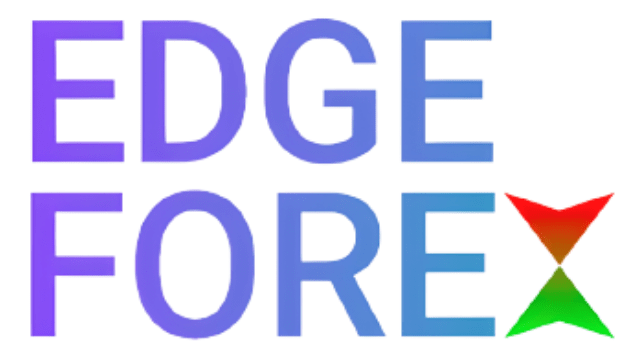Introduction
The forex market is constantly evolving, driven by technological advancements and changing market dynamics. As a result, forex education is also experiencing significant transformations. In this blog post, we will explore some of the future trends in forex education, providing insights into the emerging practices and technologies that are shaping the way individuals learn about foreign exchange trading.
1. Online Learning Platforms
Online learning platforms have gained immense popularity in recent years, and this trend is expected to continue in the future. These platforms offer a wide range of forex courses, webinars, and interactive resources that can be accessed from anywhere and at any time. The convenience, flexibility, and cost-effectiveness of online learning make it an attractive option for individuals seeking to enhance their forex knowledge and skills.
2. Artificial Intelligence and Machine Learning
Artificial Intelligence (AI) and Machine Learning (ML) technologies are revolutionizing the forex education landscape. These technologies can analyze vast amounts of data, identify patterns, and provide insights to traders. In the future, AI-powered trading systems and educational tools are likely to become more prevalent, helping traders make informed decisions based on data-driven analysis.
3. Virtual Reality (VR) and Augmented Reality (AR)
Virtual Reality (VR) and Augmented Reality (AR) are emerging technologies that have the potential to transform forex education. VR can create immersive learning experiences, allowing traders to practice trading in realistic virtual environments. AR overlays digital information onto the real world, enabling traders to visualize market data and trading indicators in real-time. These technologies can enhance engagement and provide a more interactive learning experience.
4. Gamification
Gamification is the integration of game elements and mechanics into non-game contexts. In forex education, gamification techniques can be used to make learning more enjoyable and engaging. Traders can participate in virtual trading competitions, earn achievements, and unlock educational content as they progress. Gamification not only enhances motivation but also facilitates active learning and skill development.
5. Social Trading and Community Learning
Social trading platforms and community-based learning are gaining traction in the forex education space. These platforms allow traders to interact with each other, share trading ideas, and learn from experienced traders. By observing and replicating the trades of successful traders, novice traders can gain valuable insights and improve their trading skills. The power of collective knowledge and community support can accelerate learning and enhance trading strategies.
Conclusion
The future of forex education is characterized by online learning platforms, the integration of AI and ML technologies, the use of VR and AR for immersive learning experiences, the gamification of education, and the rise of social trading platforms. These trends are driving innovation and transforming the way individuals learn about forex trading. By embracing these emerging practices and technologies, traders can stay ahead of the curve and adapt to the ever-changing forex market landscape.

